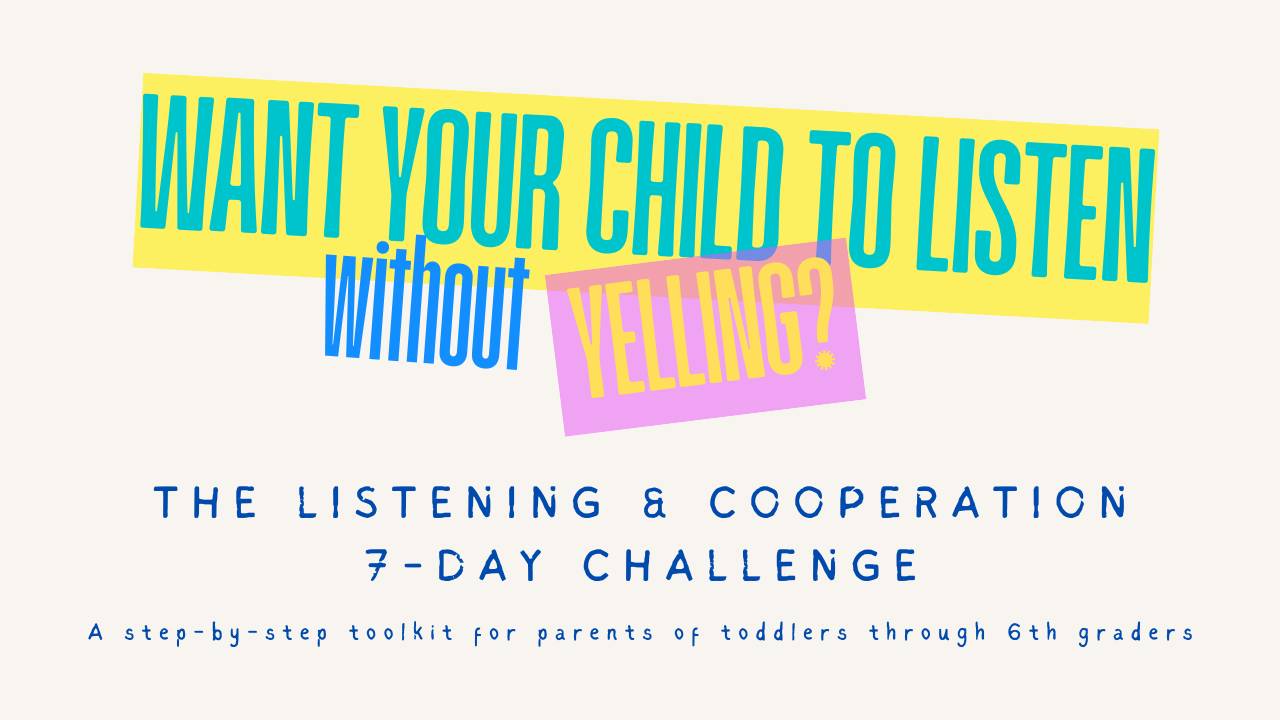Understanding and Preventing Challenging Behaviors in Toddlers and Preschoolers with Autism
Mar 19, 2024
Today we’re going to be talking about the four functions of behavior. I’m going to provide you with strategies to quickly identify the function of challenging behaviors you may be struggling with at home. Plus, we’ll talk about how you can prevent these behaviors from occurring in the first place.
First, let’s take a closer look at what The Four Functions of Behavior are:
Number 1, Attention-Seeking: Your child may engage in certain, often problematic behaviors, because they’re seeking attention from you, other caregivers, siblings, or peers. This might look like interrupting conversations, acting out, or engaging in repetitive, and sometimes dangerous, behaviors to gain attention.
Second, Escape or Avoidance: Maybe your child engages in behaviors to escape or avoid certain situations or tasks. This is often because they find whatever that situation or task is, challenging or unpleasant. This might look like a tantrum, aggression, or running away from demands or social interactions.
Number 3, Access to Tangibles or Desired Activities: You may see challenging behaviors when your child wants access to specific items, activities, or sensory experiences. This could look like grabbing toys, refusing to leave a preferred activity, or throwing a tantrum in order to access, or to continue accessing, a desired object or activity.
And lastly, Automatic or sensory stimulation: These are behaviors that feel good or enjoyable to your child. This could include hand-flapping, turning the lights on and off, or seeking out certain textures or movements for sensory satisfaction.
Ok, now that we know what the four functions are, it’s time to figure out how to identify the function of the behaviors. This is key, because if your response isn’t targeting the correct function of the behavior, you may accidentally reinforce the behavior, resulting in that behavior occurring more frequently in the future.
So, how do we figure out the function:
First, we observe: Pay close attention to the circumstances surrounding the behavior. What was happening immediately before the behavior occurred? What happened immediately after? Is there some other context that we should consider, such as hunger, sleepiness, sickness? Understanding the context and circumstances surrounding the behavior can help determine the function.
Next, we keep a Behavior Log: Track your child's behaviors and the events leading up to them. Look for patterns or triggers that may indicate the function of the behavior.
If you're a member of our Chaos Coordinator Community, you can access our ABC Data Sheet in the Resources Circle, along with tons of other helpful stuff.
Then, you’re going to want to think about your child specifically: Consider your child's preferences, sensitivities, and communication abilities. Every child is unique, and what motivates one child may not be the same for another.
And lastly, Consult with Professionals: Work with your behavior analyst to help assess and identify the function of your child's behaviors. They can provide valuable insights and guidance for intervention.
Preventing Challenging Behaviors:
It’s super important to remember that behavior is communication, so providing a more appropriate, alternate Means of Communication will be key: Teach your child alternative ways to communicate their needs, wants, or discomfort. Maybe you use visual supports, sign language, or AAC devices.
Then OF COURSE you’re going to Use Positive Reinforcement: You want to immediately reinforce desired behaviors with praise, rewards, or preferred activities. Positive reinforcement is the key to motivating your child to engage in appropriate behaviors. As soon as your child appropriately communicates their need, want, or discomfort, you want to honor that communication, by giving them what it is they need or want, or removing that discomfort. Of course, this doesn’t mean that you have to immediately honor those requests forever, but you do want to be consistent in rewarding that communication in the beginning while you are teaching your child that new skill.
Next, you want to Implement Visual Supports and Routines: Visual supports and structured routines can help reduce anxiety and confusion. Use visual schedules, timers, and social stories to provide predictability and clarity.
You’re also going to want to make sure you Offer Choices and Control: Provide opportunities for your child to make choices and have control over their environment. This can help reduce frustration and increase cooperation. When pairing choices with visual supports, I like to offer a “kid’s choice” option. If that’s too open ended, you can create visuals of some of your child’s favorite activities, or create a kid’s choice menu, that your child can choose an activity from.
And again Seek Professional Support: Continue to work closely with your BCBA to develop individualized behavior intervention plans. These plans should address the specific functions of your child's behaviors and provide strategies for managing them effectively.
Understanding the function of your child’s behaviors is essential for promoting positive development and enhancing quality of life, for you, your child, and your family. By identifying triggers, implementing proactive strategies, and seeking support from professionals, you can effectively respond to your child's behaviors. Remember, this is hard work. Progress takes time and patience, so it’s important to celebrate the small victories.
UNLOCK YOUR FREE TOOLKIT NOW: ENHANCE YOUR CHILD'S PLAY & LANGUAGE SKILLS TODAY!
Simply enter your email address to get instant access.


